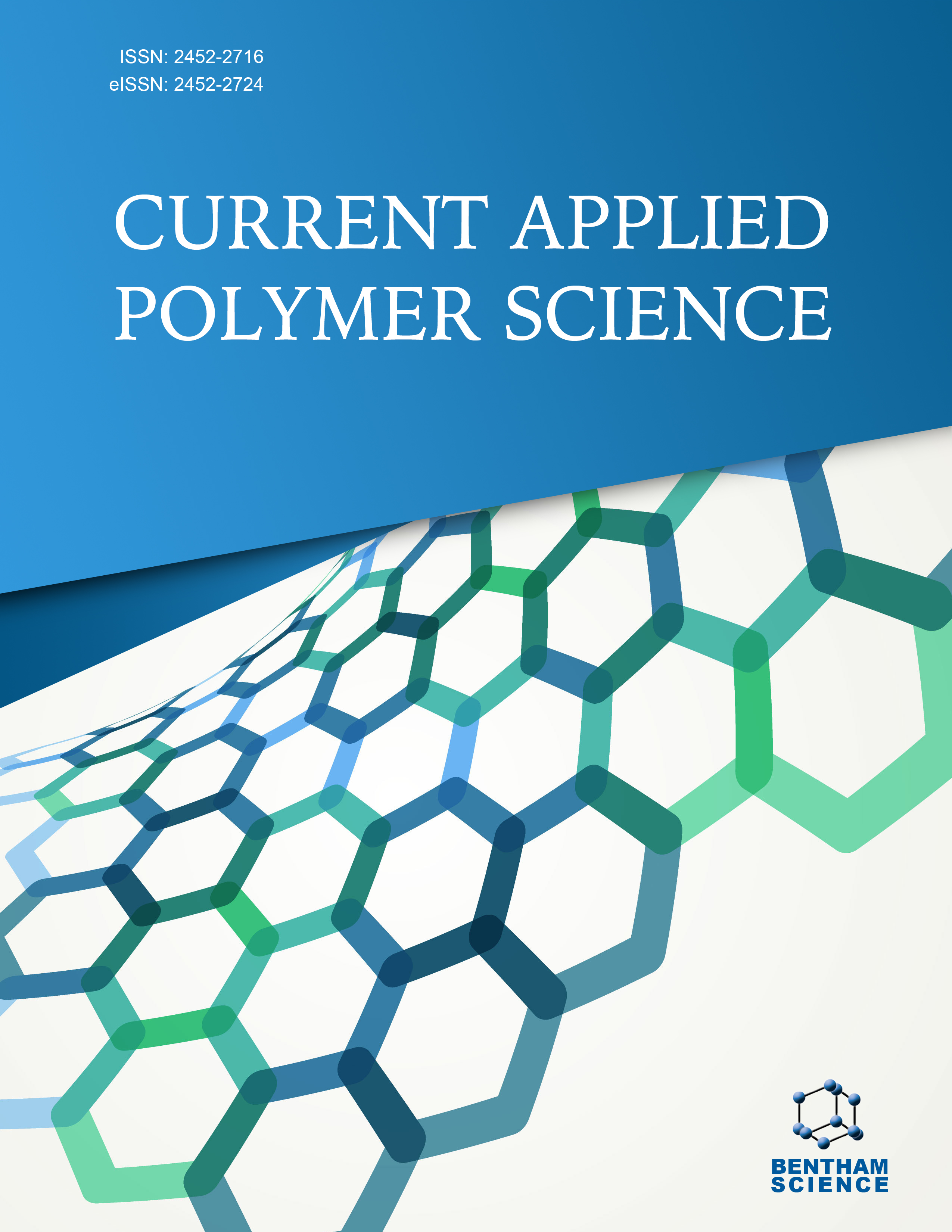
Full text loading...
We use cookies to track usage and preferences.I Understand

Tissue paper has been utilized to extract Microcrystalline Cellulose (MCC) using sulphuric acid. The two approaches used for MCC extraction were with NaOH pre-treatment (NaOH-EMC) and without NaOH (EMC).
The extracted MCC was characterized by FTIR, SEM, TGA, XRD, zeta potential, particle size, and degree of polymerization and then subsequently compared with the commercially available MCC(CMC). The particle size of the NaOH-EMC was lesser than the CMC, while the EMC had a larger size. The values recorded were respectively 1.322, 6.750, and 8.521 µm. The SEM images also supported the values reported by the particle size analyzer.
The distribution, however, was staggered for the prepared samples, as against the CMC. The prepared MCC suspensions were found to be more stable than the CMC based on the recorded zeta potential. The crystallinity for NaOH-EMC, EMC, and CMC was recorded to be 69.91, 68.59, and 70.89 percent, respectively, and the observations were not significantly different.
The degree of polymerization of NaOH-EMC and EMC was 129 and 94, which was 189 lower than that of CMC, having the value of 178. The study successfully reports the extraction of MCC from the tissue paper as an alternative source.

Article metrics loading...

Full text loading...
References


Data & Media loading...